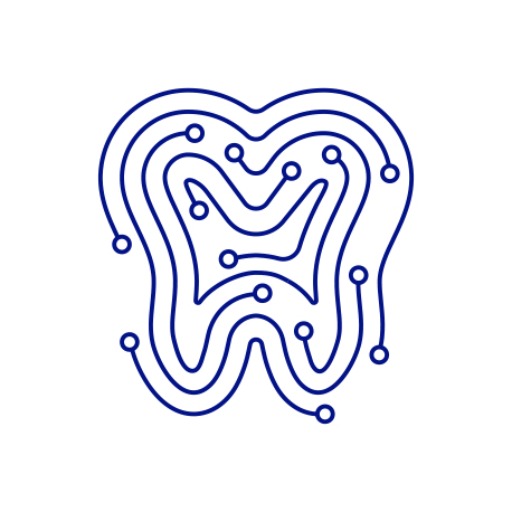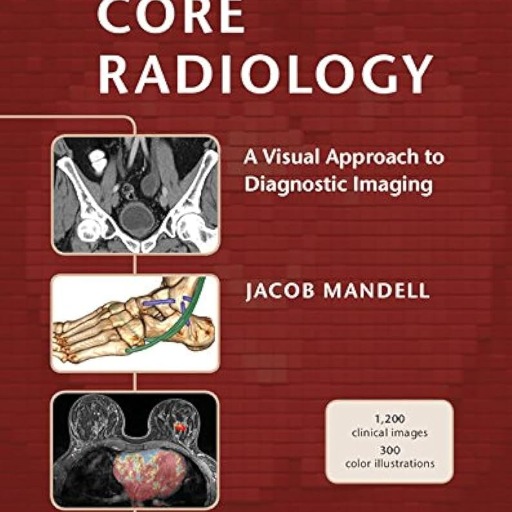Radiograph Assistant-AI-powered radiographic analysis.
AI-driven support for radiographic image analysis.
Analyze this chest x-ray for any abnormalities.
Interpret the findings in this radiographic image.
What does this pattern in the x-ray suggest?
Compare this x-ray with typical conditions.
Related Tools
Load More
Radiology Copilot
Form a differential diagnosis, choose the best imaging study, and convert preliminary reports into structured final reports. Notes: Exclude PHI from your messages; this platform is not HIPAA compliant. Also, check everything against your knowledge and re

Dental GPT
AI Assistant for Answering Dental Questions

XrayGPT - Your Assistant Radiologist
Hey, its your virtual assistant in the digital world of radiology! I'm XrayGPT, an assistant radiologist, ready to dissect medical cases with you and giving you some medical insights. Let's navigate the maze of X-rays, diagnostics, and medical images toge

XRay Diagnostic Assistant
Analyzes X-ray images and provides diagnostic reports

Taquígrafo RX
Experto en corrección de terminología radiológica y redacción de informes

RadiologyGPT
Virtual radiologist, based on radiology textbooks. As accurate as it gets. 🩻
20.0 / 5 (200 votes)
Introduction to Radiograph Assistant
Radiograph Assistant is a specialized AI tool designed to assist medical professionals in the analysis of radiographic images. Its primary purpose is to provide preliminary interpretations, highlight areas of interest, and suggest potential conditions based on the radiographic evidence presented in X-rays, CT scans, and other imaging modalities. While it serves as a supportive tool in medical diagnostics, it is not a replacement for the expert interpretation of a radiologist. Radiograph Assistant is particularly useful in scenarios where quick preliminary feedback is required or in educational settings where students are learning the complexities of image analysis. For example, a healthcare provider might use Radiograph Assistant to quickly review an X-ray for signs of fractures or abnormal growths before a more detailed analysis is conducted by a radiologist.

Main Functions of Radiograph Assistant
Preliminary Image Interpretation
Example
A doctor in an emergency setting uses Radiograph Assistant to quickly identify a potential fracture in a patient's X-ray before the radiologist arrives.
Scenario
In emergency rooms where time is critical, Radiograph Assistant can be used to swiftly assess radiographic images for obvious abnormalities like fractures or dislocations. This can aid in immediate decision-making, ensuring that patients receive timely care.
Highlighting Areas of Interest
Example
A radiology student uses Radiograph Assistant to highlight and study the key anatomical landmarks on a chest X-ray.
Scenario
For educational purposes, Radiograph Assistant can be used to highlight and annotate important areas in radiographic images, helping students or junior doctors to better understand the anatomy and common pathological findings.
Suggesting Potential Diagnoses
Example
During a routine check, a clinician uses Radiograph Assistant to identify a suspicious lesion in a lung X-ray, which the AI flags as potentially indicative of a tumor.
Scenario
In outpatient clinics, Radiograph Assistant can be used as a second pair of eyes, suggesting potential diagnoses based on the radiographic data. This function is particularly useful in identifying less obvious conditions that might require further investigation.
Ideal Users of Radiograph Assistant
Medical Professionals in High-Pressure Environments
Emergency room doctors, trauma surgeons, and other healthcare providers working in fast-paced settings can benefit from the rapid preliminary interpretations provided by Radiograph Assistant. It helps them make quick, informed decisions during critical moments.
Radiology Students and Educators
Radiograph Assistant is also tailored for educational use. Radiology students and educators can utilize it to enhance learning by providing immediate feedback on image analysis. It is a valuable tool in teaching the intricacies of radiographic interpretation.

How to Use Radiograph Assistant
Visit aichatonline.org for a free trial without login, also no need for ChatGPT Plus.
Start by accessing the official website for a quick and easy trial of Radiograph Assistant without the need for an account or subscription to premium services.
Upload or Describe Your Radiographic Images.
Upload the radiographic image you need analyzed, or provide a detailed description of the image and the specific areas you want examined.
Receive Preliminary Interpretations and Insights.
The tool will provide you with a preliminary interpretation of the radiographic image, highlighting areas of interest, potential abnormalities, and suggested conditions based on current medical knowledge.
Review Detailed Explanations and Educational Content.
You can also access detailed explanations of the analysis, helping you to understand the reasoning behind each interpretation, which is beneficial for both professionals and students.
Consult with a Qualified Healthcare Professional.
Always verify the tool’s suggestions with a healthcare professional, as the assistant provides supportive information but does not replace professional diagnostic services.
Try other advanced and practical GPTs
Summary and Experience Tutor 党员总结体会导师
AI-powered tool for personalized summaries and reflections.

周公解梦/Duke Zhou Interprets Dreams
Unlock your dreams with AI-powered insights.
Cloud Architect Pro
AI-powered insights for cloud architecture excellence

AutoExpert (Video)
AI-Powered YouTube Transcript Interaction

AutoExpert (Academic)
AI-powered insights for academic excellence.

Draw Web UI
AI-Powered Web Page Builder.

The Art Critic
AI-powered insights for deeper art critiques.

StriveBuddy
AI-powered guidance for business success

Ultimate Accountant AI
AI-driven accounting solutions for professionals.

HackMeIfYouCan
AI-powered insights for every query.
Design Mentor
AI-powered guidance for IoT design mastery.

Trading Assistant (Stocks/Crypto/Options) ✅
Your AI-powered trading assistant for smarter investments.

- Research Support
- Medical Education
- Radiographic Analysis
- Clinical Assistance
- Student Training
Detailed Q&A about Radiograph Assistant
What type of radiographic images can Radiograph Assistant analyze?
Radiograph Assistant is designed to analyze a wide variety of radiographic images, including X-rays of bones, chest, dental images, and more. It focuses on detecting abnormalities, highlighting areas of interest, and providing preliminary interpretations based on the visual evidence.
Can Radiograph Assistant provide a definitive diagnosis?
No, Radiograph Assistant provides supportive preliminary interpretations and educational insights. It cannot offer a definitive diagnosis. Users should always consult a qualified healthcare professional for final diagnoses and medical advice.
Is Radiograph Assistant suitable for educational purposes?
Yes, Radiograph Assistant is an excellent tool for educational purposes. It provides detailed explanations and analysis, making it useful for medical students, radiography trainees, and healthcare professionals who want to deepen their understanding of radiographic interpretation.
How does Radiograph Assistant ensure the accuracy of its analysis?
Radiograph Assistant uses advanced algorithms and is grounded in up-to-date medical knowledge. It also includes safety checks like highlighting areas of uncertainty, ensuring that the interpretations are cautious and reliable, though they should be validated by professionals.
What are the common use cases for Radiograph Assistant?
Common use cases include assisting radiologists and healthcare professionals in analyzing complex images, helping students learn radiographic interpretation, supporting research by providing initial image analysis, and aiding in second opinions in medical practice.